
Raise your legs every day & 7 surprising things will happen to your body!

You know, sometimes the simplest things in life can make the biggest difference. And when it comes to your health, a super easy practice called “legs up the wall” might just be one of those game-changers. It’s a gentle pose that can help your body in surprising ways, from easing tired legs to calming your mind.
✨What Is “Legs Up The Wall” and How Does It Work?

So, what exactly is this “legs up the wall” thing? It’s pretty much what it sounds like. You lie on your back with your legs resting straight up against a wall. The goal is to get your backside as close to the wall as you can, so your body forms a kind of “L” shape. But don’t worry if you can’t get super close right away; the main idea is to feel comfortable and relaxed, not to push yourself into pain. If it hurts, you’re doing it wrong.
Now, why does this simple pose work so well? Well, think about it: throughout your day, especially if you’re sitting or standing a lot, gravity is constantly pulling blood down into your legs. In fact, about 30% of your blood can end up hanging out in your lower body. For some folks, this can lead to all sorts of annoying symptoms like swelling, heaviness, and even cramps. When you put your legs up, you’re basically giving gravity a helping hand. Instead of fighting against it, you’re using it to gently guide that blood back towards your upper body and heart. This helps relieve pressure in your legs and can make a big difference in how you feel overall. It’s like giving your circulatory system a little break and a fresh start.
📌Seven Ways Lifting Your Legs Can Help Your Body

This simple pose might seem too easy to be true, but it really does offer a bunch of good things for your body. Let’s look at some of the ways it can help you feel better.
➡️1. Soothe Tired Legs and Varicose Veins
If you deal with varicose veins, you know how uncomfortable they can be. These are basically veins that aren’t working as well as they should. Putting your legs up is one of the best ways to ease the discomfort, especially in the deeper parts of your legs, like your calves. Just 10 to 20 minutes a day can make a big difference. You’ll notice your legs feel more rested, and over time, it can even help your muscles work better to keep your blood flowing and drain away any extra fluid.
➡️2. Reduce Swelling and Heaviness
This is a big one, especially for anyone who spends a lot of time sitting at a desk or standing on their feet. Even if you’re generally healthy, staying in one position for too long can cause blood to pool in your legs. This can lead to swelling, but sometimes it just feels like your legs are super heavy or tired. If you get that heavy leg feeling, it’s a good sign that this pose could help you out. It gives your legs a chance to “reset” and get rid of that pooled blood.
➡️3. Boost Your Digestion (With a Catch!)
Here’s where it gets interesting. When you’re in this pose, it can actually help calm your nervous system. There’s a part of your nervous system that helps you relax and digest food better. This pose can also improve blood flow to your belly and digestive organs.
Now, for the “catch”:
- Don’t lie down right after eating. This can cause stomach acid to come back up, which is no fun, especially if you already have issues with heartburn.
- Instead, try this: After a meal, sit in a chair and prop your legs up on some pillows so they’re about level with your heart. Do this for 10 to 15 minutes.
- Then, take a short walk. Another 10 to 15 minutes of gentle walking after eating can really help your digestion.
- For constipation or bloating: If you’re feeling really bloated or having trouble going to the bathroom, try doing the “legs up the wall” pose first thing in the morning, before you eat breakfast. It can help get your insides moving.
➡️4. Fight Fatigue and Stress
If you follow the tips for doing this pose right, you’ll find it’s a great way to relax both your body and your mind. Over time, this can help lower your stress levels, make you feel less anxious, and even help you sleep more soundly. When you get good, restful sleep, your whole nervous system benefits.
➡️5. Ease Muscle Tension and Pelvic Pain
This pose can be a real relief for tight muscles, especially in your neck, back, shoulders, and even your hips. For some women, it can even help with menstrual cramps. And here’s something many people don’t know: just like you can get varicose veins in your legs, some women can get them inside their pelvis. These aren’t visible on the skin, but they can cause a lot of chronic pressure or pain in that area. Doing “legs up the wall” can improve blood flow to that part of your body too, often bringing quick relief.
➡️6. Build Strength and Flexibility
While it’s a relaxing pose, it also gently works on your flexibility, especially in your hips, calves, and the back of your thighs. It can also help strengthen the muscles that support your legs.
➡️7. Relieve All Kinds of Aches
This upside-down position has been shown to help with pain not just in your legs and feet, but also in your lower back, and even your knee and hip joints. And get this – it might even help with migraines! Doing it at night can help you wind down and sleep better, making it a perfect way to end your day. Doing it in the morning can give your whole body a boost. Try it both times and see how much better you feel in just a few days.
🎯Making the Most of Your “Legs Up The Wall” Practice

To get the best out of this simple pose, here are five things you should keep in mind:
- Start with Support: If keeping your legs straight up is tough at first, it’s totally fine to bend your knees a bit. You can also put a pillow under your backside or lower back for more comfort. If you can’t get to a wall, just lie in bed and prop your legs up on a pillow so they’re higher than your heart. The main thing is to be comfortable.
- Relax Your Muscles: While you’re in the pose, try to let go of any tension in your neck, shoulders, arms, and back. You shouldn’t be straining or feeling any pain. If you do, it means you’re probably holding tension or doing it wrong. The whole point is to relax your body and mind. Also, make sure you’re not wearing any tight clothes around your waist, like tight leggings or belts, as this can block blood flow.
- Breathe Deeply: Focus on taking slow, deep breaths in and out through your nose. This helps even more with getting the blood from your legs back to your heart, making the pose more effective.
- Hold the Position: When you’re starting out, aim for 5 to 10 minutes a day. As you get more comfortable, you can work your way up to 20 or even 30 minutes to get the most benefits.
- Listen to Your Body: If you feel any sharp pain or a lot of discomfort, gently come out of the pose. It’s always a good idea to talk to a doctor or a physical therapist if you’re unsure or if pain continues.
🦵When Should You Lift Your Legs?

You can do this pose pretty much any time that works for you. Many people like to do it in the morning before breakfast to get their day started, or in the afternoon when they get home from work. It’s also great right before bed, as it can help you relax and sleep better. If you can, try to do it at least twice a day. But if you only have time for one session, doing it at night is a good choice because that’s when most of the fluid and blood have accumulated in your legs throughout the day.
⚠️Important Considerations: Risks and Who Should Be Careful
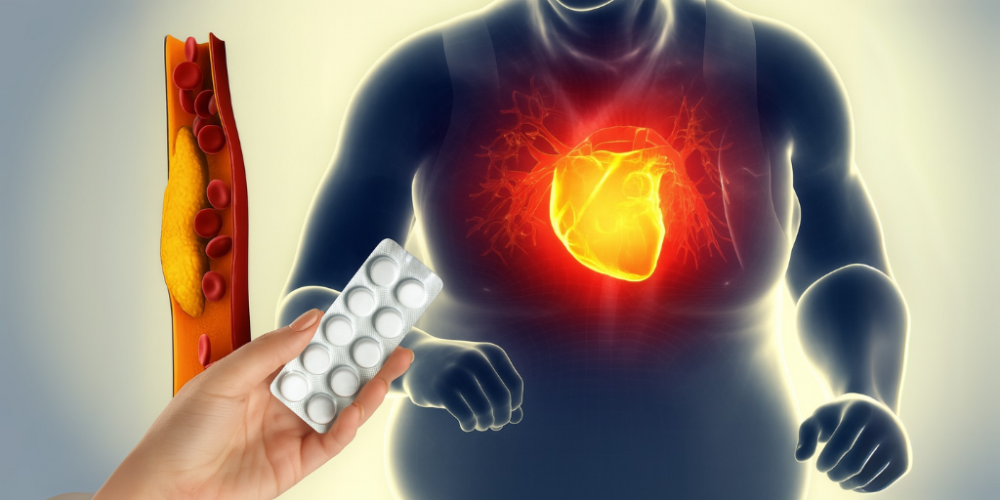
You might be wondering if this pose is safe for everyone, especially older folks or those with certain health conditions. Let’s clear up some common worries.
First off, this pose can generally be done by people of all ages and most physical conditions. It’s pretty gentle.
What about blood pressure? It’s true that your blood pressure might go up a tiny bit for a few seconds when you first get into the pose. This happens to almost everyone, whether they have high blood pressure or not. But don’t worry, this temporary increase usually doesn’t cause any problems for most people. In fact, over time, doing this pose regularly can actually help manage blood pressure in people who have high blood pressure because it promotes relaxation.
However, there are a few important situations where you should be careful or talk to a doctor first:
- Recent Heart Issues or Stroke: If you’ve had a heart attack or a stroke very recently (in the last few days or weeks), it’s best to avoid this pose and talk to your doctor first. The same goes if you have very advanced heart failure.
- Eye Conditions: If you have glaucoma or have recently had eye surgery, you should also avoid this pose and check with your eye doctor or another trusted professional. The temporary pressure change might not be good for your eyes.
- Severe Injuries or Recent Surgeries: If you have a serious injury in your neck, back, shoulders, or knees, or if you’ve had surgery on these areas recently, this pose might not be right for you. Always check with your doctor or a physical therapist to make sure it’s safe.
So, there you have it. “Legs up the wall” is a simple, gentle practice that can bring a surprising number of benefits to your health. It’s a great way to give your body a little extra care and support. Why not give it a try and see how it makes you feel?
News in the same category


What Happens to Your Body When You Eat Canned Tuna Every Day

2-Minute Painless Hair Removal: Natural At-Home Solution

Grounding with Trees: How Barefoot Earthing and Tree Energy Restore Your Natural Balance

10 signs you’re eating too much sugar
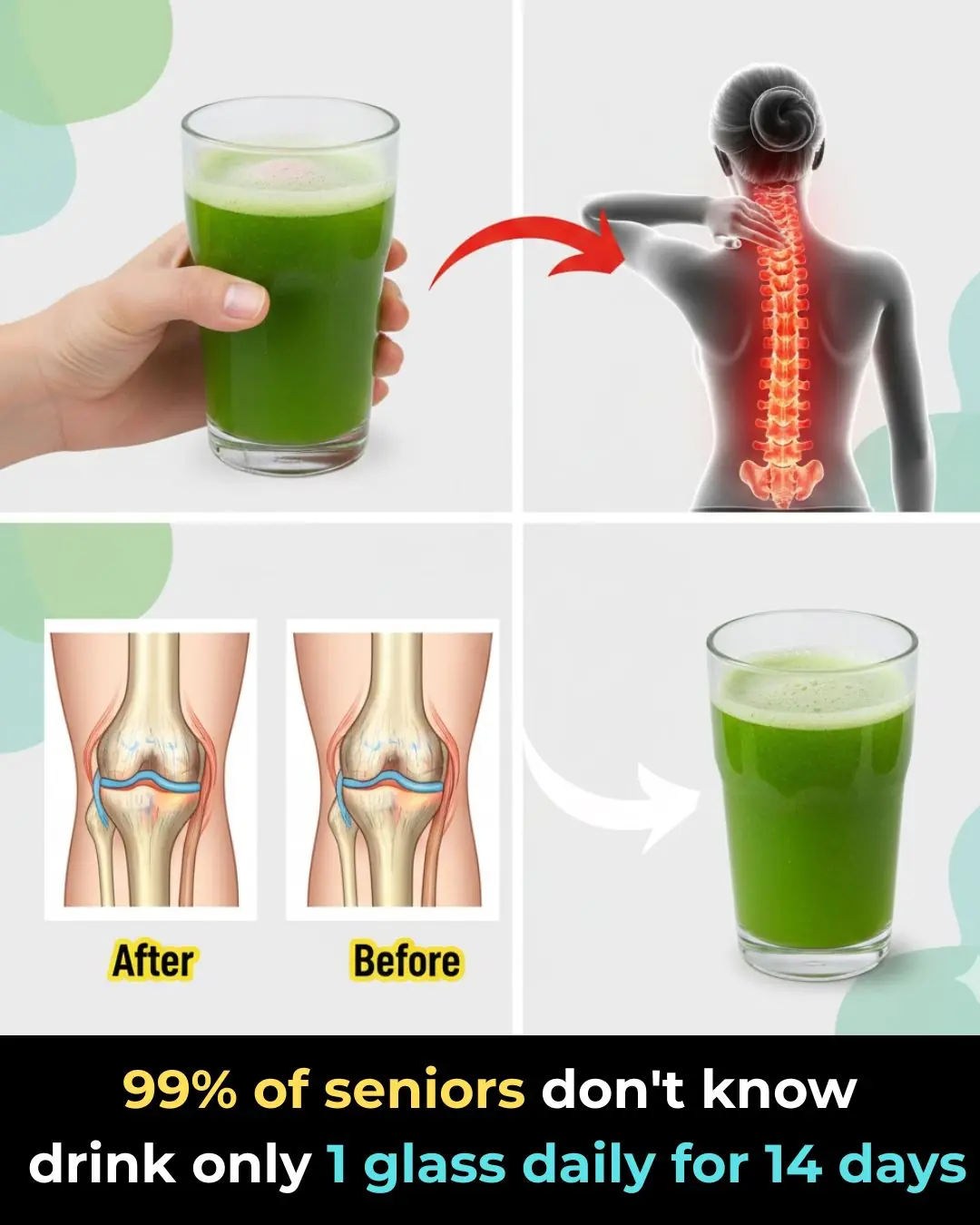
A Natural Drink That Helps Ease Knee Pain in Just 14 Days

Drink this daily to support cleaner arteries
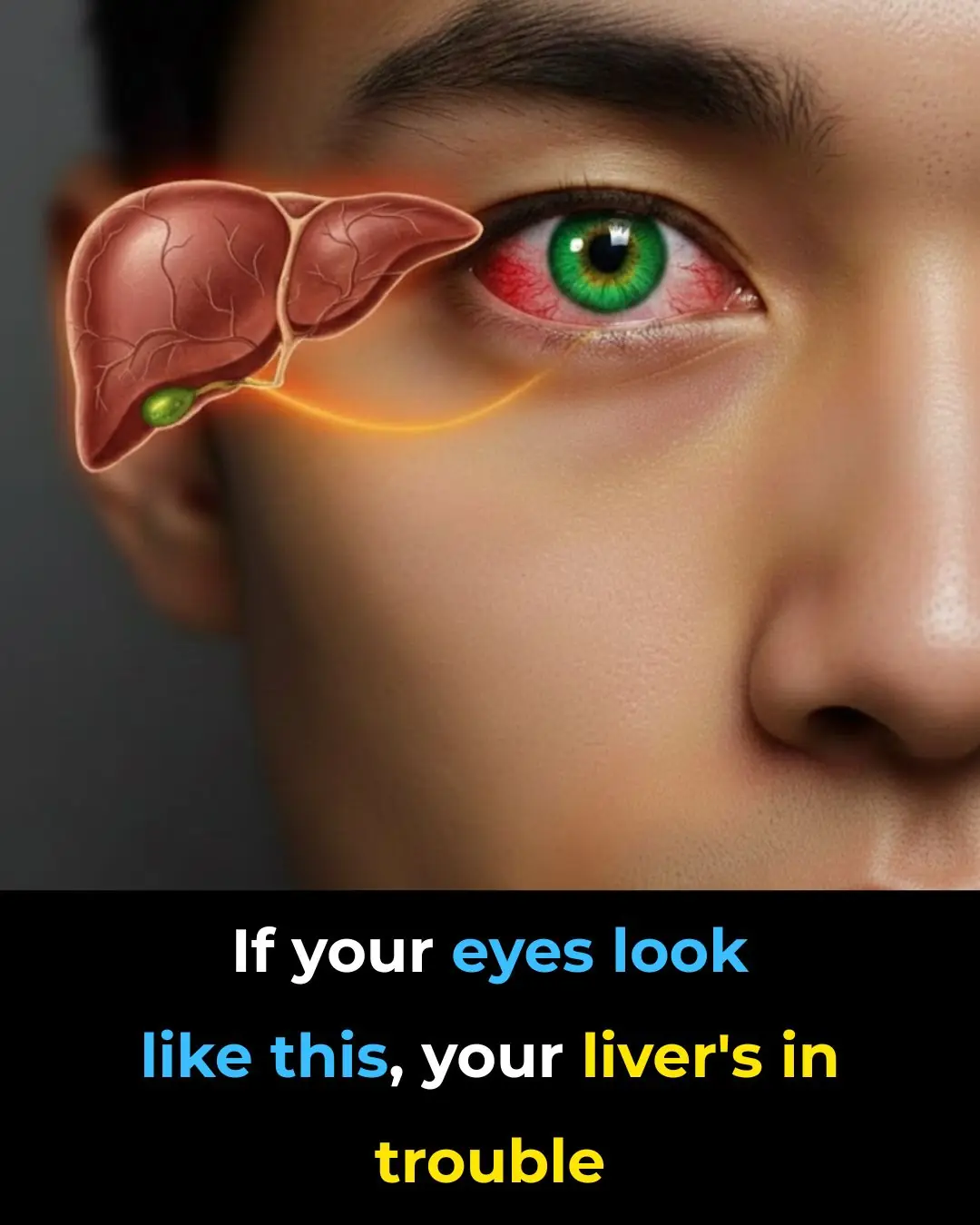
If your eyes look like this, your liver’s in trouble

Stop Wasting Money on Pills — Try Chayote Instead! (Natural Remedy Guide)

Beetroot and Ginger: A Powerful Natural Duo for Whole-Body Wellness

Blueberries and Brain Power: Can This Small Fruit Really Boost Memory?
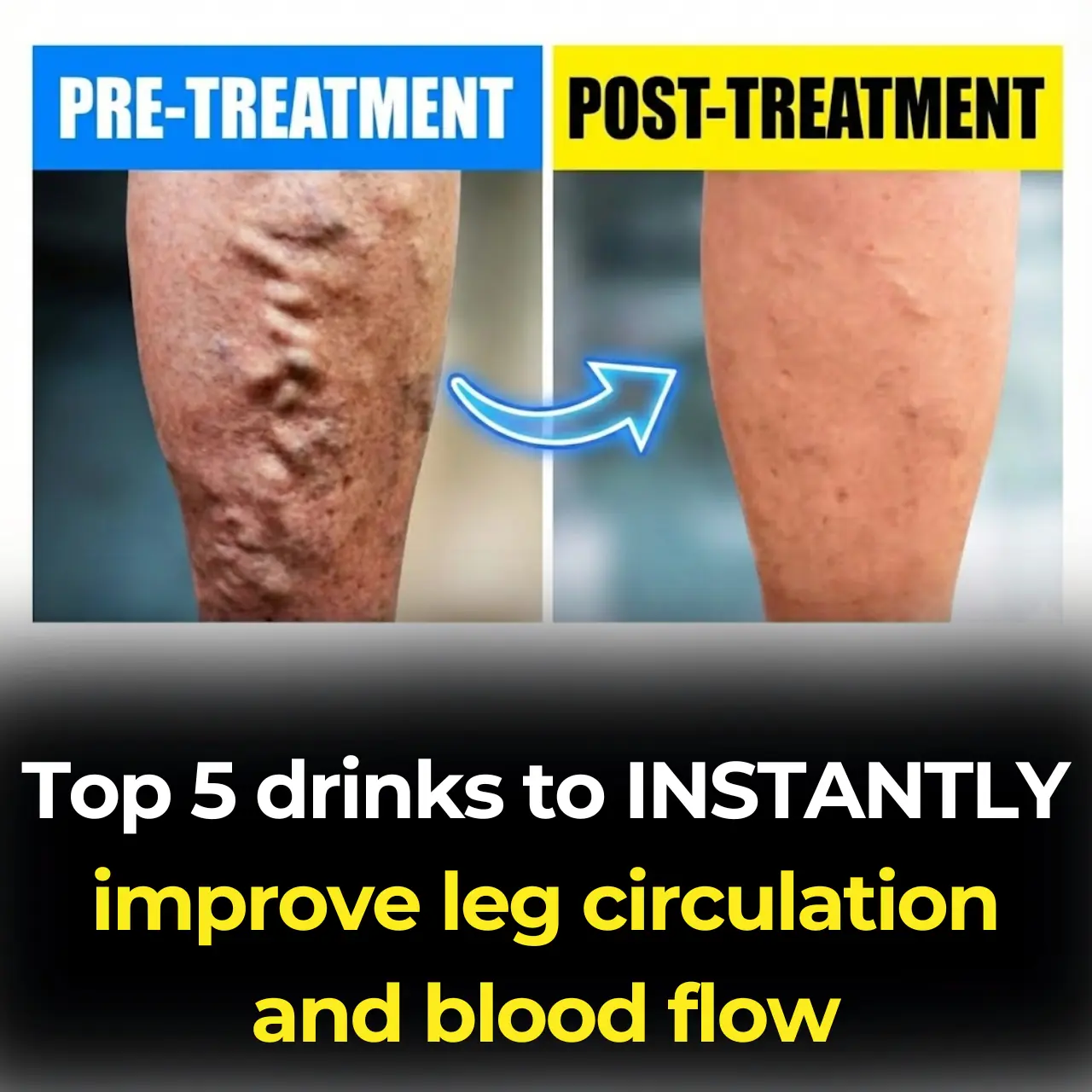
Top 5 drinks to INSTANTLY improve leg circulation and blood flow

8 Early Warning Signs Of Ovarian Cancer You Shouldn’t Ignore

New research links common blood pressure drug to increased bleeding risk

1 carb proven to prevent colon cancer, clear arteries & eliminate inflammation

How & Why You Need to Freeze Lemons (Detailed Instructions)

4 alarming symptoms of vitamin B12 deficiency you can’t ignore!
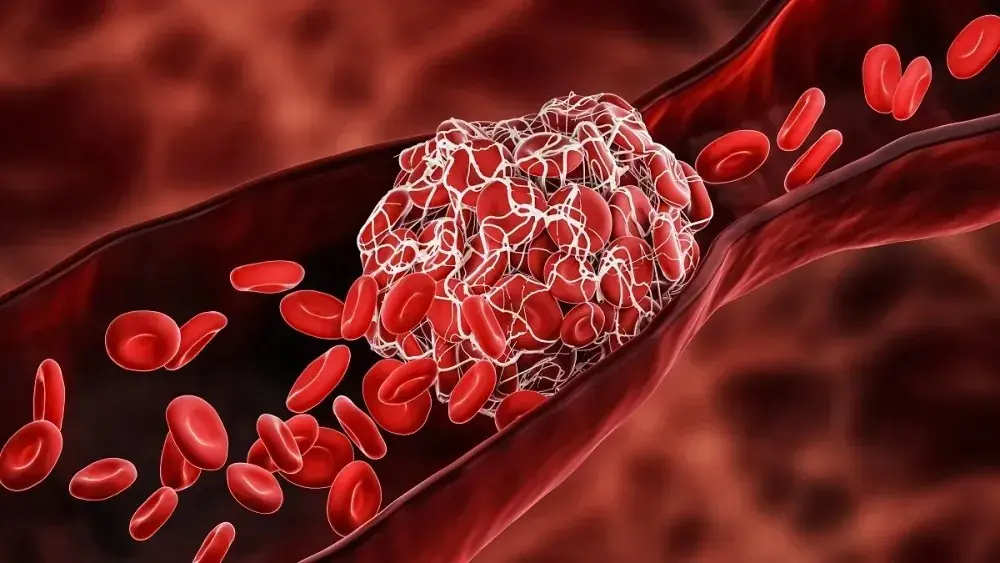
Simple Changes That Will Naturally Supercharge Your Blood Flow

What Does The Half Moon at The Base of The Nails Mean
News Post

Injectable Gel Breakthrough Brings New Hope for Nerve Regeneration

Why Boiled Eggs Deserve a Spot on Your Breakfast Table

Goodbye Synthetic Dyes: Doritos Join the Push for Cleaner, Transparent Ingredients

Breakthrough Research Suggests Kidney Damage May Be Reversible After All

How Intermittent Fasting Protects the Heart: New Evidence on Blood Clots and Cardiovascular Health

New Evidence Links Hepatitis C to Brain Pathways in Mental Illness

ITV breaks silence as Celebrity Big Brother is ‘axed from ITV schedule’

Peter Andre teases ‘special’ project with wife Emily: ‘We are having exciting meetings’

🚫 When to Avoid Ginger — 6 Medical Conditions That May Be Affected

What Happens to Your Body When You Eat Canned Tuna Every Day

I’m A Celebrity star Kelly Brook’s husband reveals when he’s flying out to Australia

Kris Jenner shows support for Meghan Markle weeks after Kardashians photo scandal

Inside Angry Ginge’s ‘bromance’ with Angry Ginge – how they met; ‘going to war’ over diss track; huge ‘risk’ that ‘paid off’

Ant McPartlin’s tattoos explained – tribute to wife Anne-Marie; uproar over ‘missing’ family member; nod to his recovery

Emmerdale disaster incoming: Bear’s fate ‘sealed’ as Joshua Richards makes devastating admission

How Do Farmers Grow Avocado Trees

Robron plot Kev’s downfall – but Emmerdale fans declare they ‘love him’

If You See a Woman Wearing a Wedding Ring On Her Pinky, Here's What It Means

2-Minute Painless Hair Removal: Natural At-Home Solution
